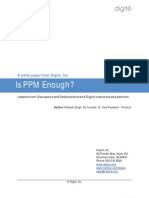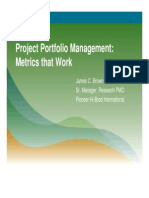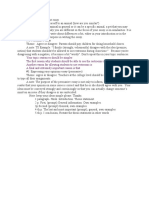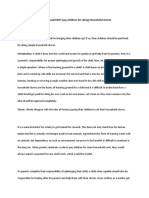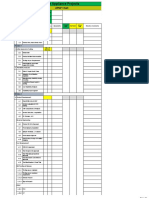0% found this document useful (0 votes)
7 views2 pagesMastering Project Portfolio Management in A Dynamic Landscape
Effective Project Portfolio Management (PPM) is essential for organizations to adapt and optimize investments in a rapidly changing business environment. Key aspects include strategic alignment, adaptive methodologies, data-driven decision making, resource optimization, continuous risk management, and technology integration. IT consultants play a crucial role in helping organizations leverage these elements to enhance project execution and achieve strategic growth.
Uploaded by
Chandrajit RudraCopyright
© © All Rights Reserved
We take content rights seriously. If you suspect this is your content, claim it here.
Available Formats
Download as PDF, TXT or read online on Scribd
0% found this document useful (0 votes)
7 views2 pagesMastering Project Portfolio Management in A Dynamic Landscape
Effective Project Portfolio Management (PPM) is essential for organizations to adapt and optimize investments in a rapidly changing business environment. Key aspects include strategic alignment, adaptive methodologies, data-driven decision making, resource optimization, continuous risk management, and technology integration. IT consultants play a crucial role in helping organizations leverage these elements to enhance project execution and achieve strategic growth.
Uploaded by
Chandrajit RudraCopyright
© © All Rights Reserved
We take content rights seriously. If you suspect this is your content, claim it here.
Available Formats
Download as PDF, TXT or read online on Scribd
/ 2




















